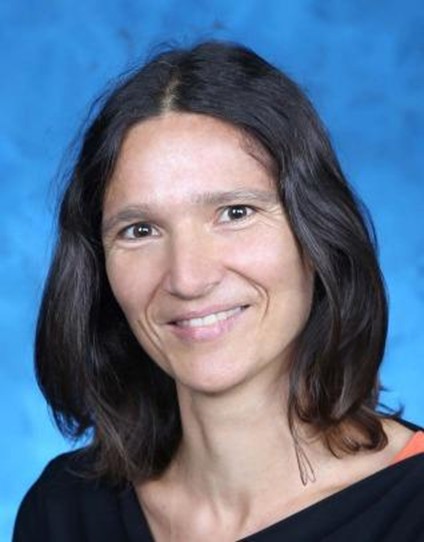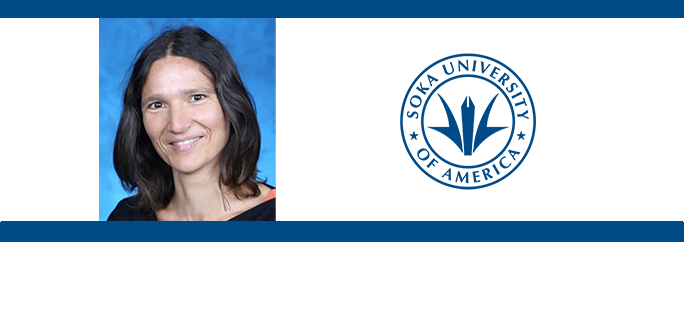 On Soka University of America Week: Can we reimagine our urban spaces to more align with the natural world?
On Soka University of America Week: Can we reimagine our urban spaces to more align with the natural world?
Deike Peters, associate professor of environmental planning and practice, discusses.
Deike Peters is a German-American environmental urbanist whose focus is on ‘getting cities right.’ She has published extensively on sustainable and green urbanism, rail- and megaproject-oriented urban redevelopment, gendered mobility patterns, active transportation, natural playscapes, and on planning theory and pedagogy. Before becoming a college professor, she was a bicycle activist and sustainable mobility advocate based in New York City and an international consultant and advisor to the World Bank and UN Habitat. Her current research focuses on ecological restoration and the creation of biophilic built environments that represent a fair-minded balance between human and non-human living spaces.
Urban Nature in Need of Ecological Restor(y)ation
Cities are often – falsely – seen in opposition to nature and wilderness. Yet more ‘nature’ makes for more sustainable human settlements. ‘Nature’ is not something ‘out there’ but something inescapably spliced into our lives. In the post-industrial era, many urban restoration efforts seek to re-naturalize places that were polluted or deprived of their natural functions. Yet there is no clear consensus over “which kind of nature” should be restored in such blasted urban landscapes. How ‘designed,’ or how ‘wild’ should urban nature be?
My current research looks at how different disciplines have traditionally understood urban nature. I identify three broad frameworks: Redesign – Restore – Re-story. Urban planners, designers, geographers, and landscape architects have typically focused on designing ‘nature-based solutions’ that still primarily serve humans. Ecologists and other biologists, by contrast, often focus on repairing or restoring nature via ‘rewilding’ initiatives that seek to remove humans from the landscapes. Meanwhile, scholars in the social sciences and humanities are engaged in rich, interdisciplinary conversations that re-story urban natures as entangled, metabolic spaces.
Ultimately, I am interested in geo-storytelling a new, interdisciplinary vision of a “spliced city” where humans find new ways of cohabiting in a multi-layered, multispecies world. Planners, designers, architects, and restoration ecologists have much to learn from social scientists and people in the environmental humanities and the arts. Together with the musician and composer Daniel Rothman, I recently organized the “Listening to Ballona” Symposium and Sound Installation as a creative way of bringing alive the diverse human and nonhuman voices of LA’s last wetland.
Read More:
Listening to Ballona
Geostorytelling Ballona


Leave a Reply